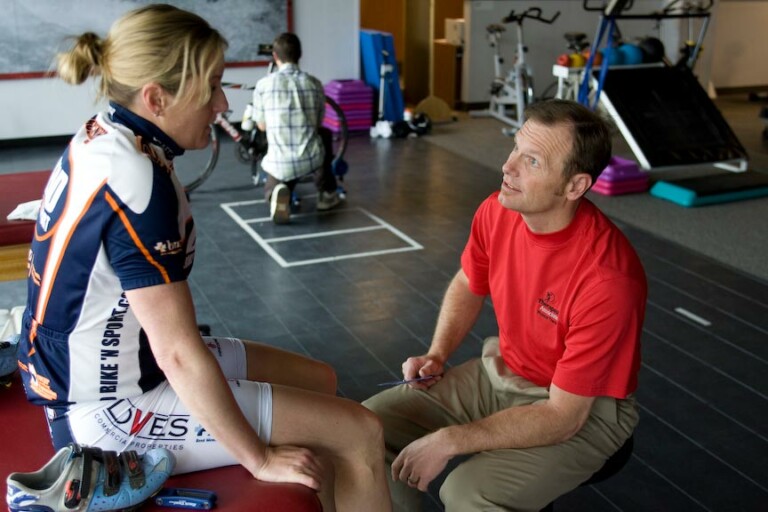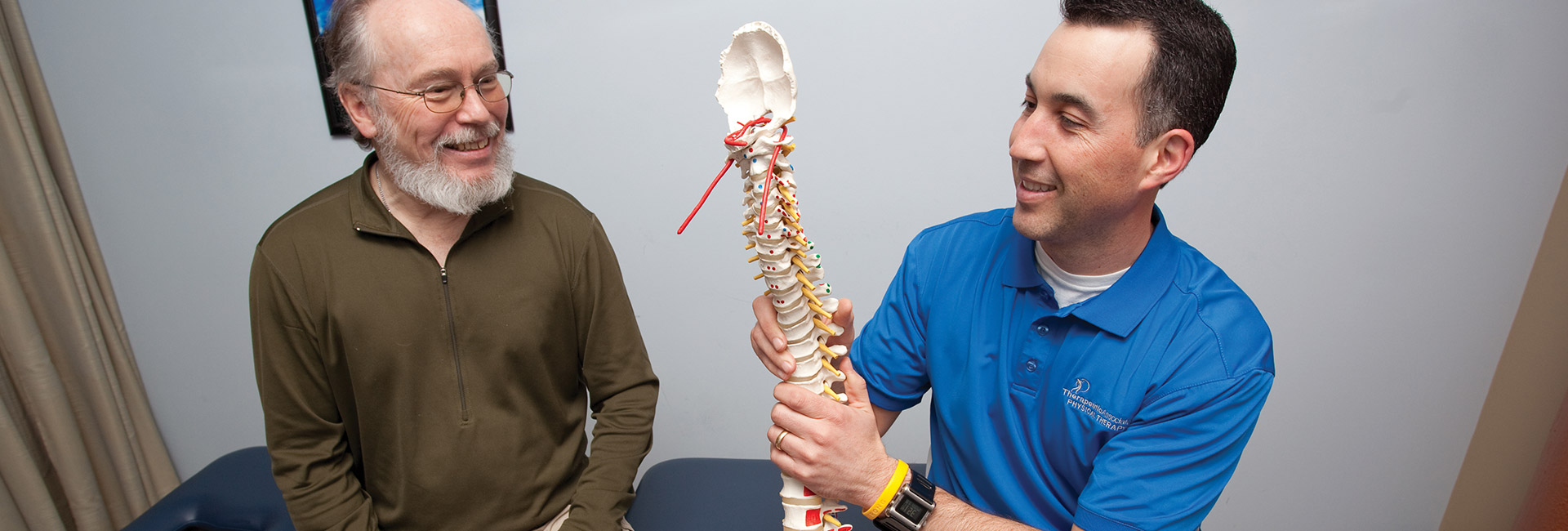There is a growing trend in the medical world for patients to take a more active role in managing their health and well-being. Many have learned that they do not have to blindly follow the advice given by healthcare professionals but instead can be active participants on their healthcare team.
While it’s important to be informed and feel empowered to question decisions that impact our bodies, the optimal situation is one where, as the patient, you discuss your unique situation with your provider and work together to create a plan that will work for you.
Known as Shared Decision Making, this is an important component of the ever-changing face of modern healthcare.
On the most basic level, Shared Decision Making is a conversation and collaboration between a patient and healthcare provider regarding treatment options, goals, and treatment plans. Formally, Shared Decision Making involves five components:
- At least two participants must be involved
- Both parties need to be active participants in treatment decisions
- Information sharing is required prior to decision making
- Both parties must discuss treatment preferences
- Both parties must agree upon the decision

At Therapeutic Associates Physical Therapy, Shared Decision Making is one of the pillars of our approach to patient care, an approach that puts patients first and makes sure their voice is heard.

Shared Decision Making comes into play during your very first visit with us.
During our intake and assessment, we strive to learn as much as we can from you, not just about what led you to physical therapy, but a range of other factors that may affect your care — from what your schedule is like and what type of space and equipment you have available at home to what your lifestyle is like and what type of movement you enjoy, and most importantly, what your functional goals are.
Physical therapy is comprised of several components, and appointments can be shaped in many ways based on patient needs and patient-therapist preferences. Together with your PT, you’ll come up with a treatment plan. We don’t expect patients to know everything about physical therapy or exact treatment options, but that is part of the patient education process. Additionally, we realize that your availability, time, finances, support, and previous experiences will all play a part in the decisions we make.
Sticking with a treatment plan is key to success, and when people get to share in creating that plan, they are more likely to follow through with the process. Shared Decision Making empowers you to get better faster because the plan is directed toward what works best and what is most important to you.
We want you to be involved in your care while we work as a team to get you back to doing the things you love. Through Shared Decision Making, we believe we can do that more efficiently and collaboratively, leaving you confident and satisfied with the decisions we’ve made together as a team.

There is no expectation that you come to your first appointment knowing what treatment is best for you. We just ask that you come in willing to share in the process of deciding what is best for you and your body. Our promise and commitment to you is we will listen!

Find your path to healing with PT.
As physical therapists, we know the importance of movement for overall health and well-being. From injury recovery to achieving optimal performance, our passion is to help every patient reach their goals and live an active, pain-free life. Get started with PT today!

